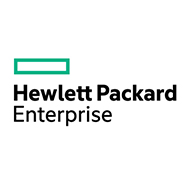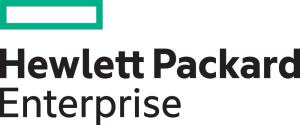January 5, 2025
January 5, 2025
Copyright 2023, IT Voice Media Pvt. Ltd.
All Rights Reserved

 Hewlett Packard Enterprise (HPE) and Deutsche Telekom AG, announce that they have recently implemented the world’s first Network Data Layer (NDL) Proof-of-Concept integrating various Virtual Network Functions (VNFs) of different vendors in a cloud infrastructure.
Hewlett Packard Enterprise (HPE) and Deutsche Telekom AG, announce that they have recently implemented the world’s first Network Data Layer (NDL) Proof-of-Concept integrating various Virtual Network Functions (VNFs) of different vendors in a cloud infrastructure.